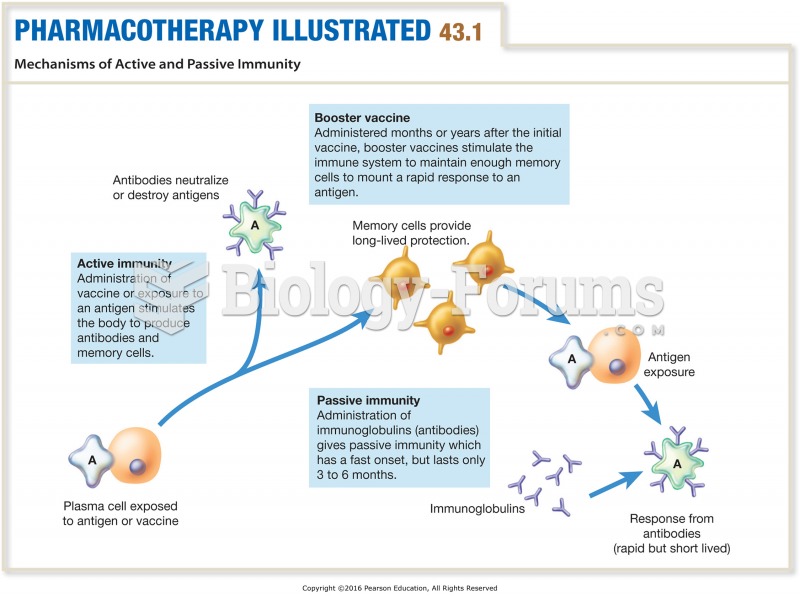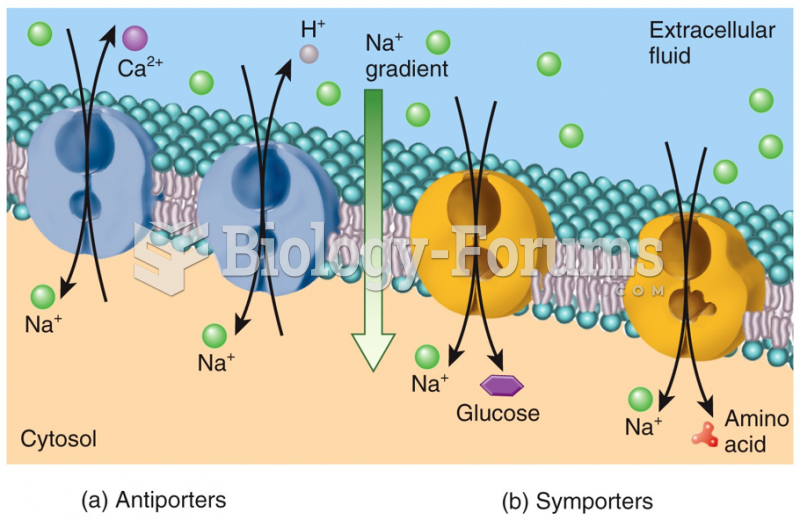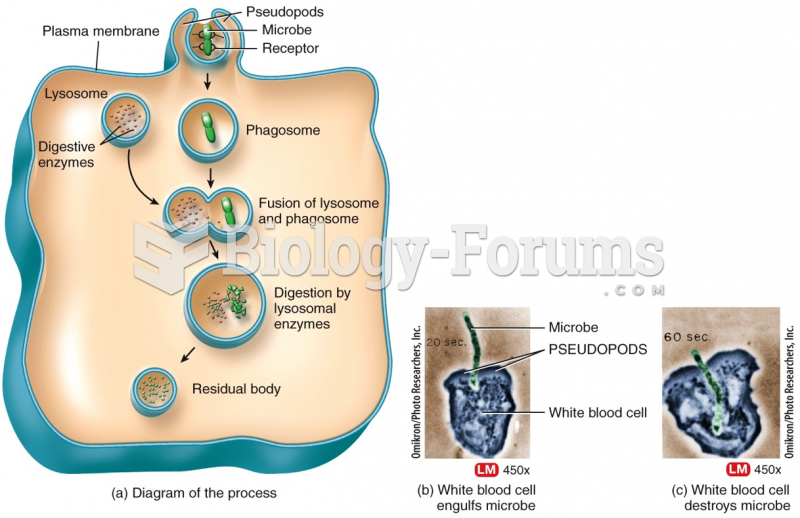|
|
|
More than 20 million Americans cite use of marijuana within the past 30 days, according to the National Survey on Drug Use and Health (NSDUH). More than 8 million admit to using it almost every day.
On average, someone in the United States has a stroke about every 40 seconds. This is about 795,000 people per year.
Hip fractures are the most serious consequences of osteoporosis. The incidence of hip fractures increases with each decade among patients in their 60s to patients in their 90s for both women and men of all populations. Men and women older than 80 years of age show the highest incidence of hip fractures.
Thyroid conditions may make getting pregnant impossible.
In most cases, kidneys can recover from almost complete loss of function, such as in acute kidney (renal) failure.







